Aeronautics Directorate
The Aeronautics Directorate is enabling dramatic improvements in aeronautics during the 21st century. For decades, the Aeronautics Directorate has developed and transferred new technologies that directly benefit the entire aviation community, including the public. Aeronautics improvements will be particularly important over the next several decades because of the increased number of commercial flights, anticipated use of flying cars, and integration of advanced autonomy into the national airspace. To meet these changes, the Aeronautics Directorate operates national wind tunnel facilities, airspace research labs, and human-in-the-loop flight simulators. The Aeronautics Directorate consists of several research divisions and offices that conduct applied research and development in collaboration with industry, academia and government. As a further means of fostering collaboration, the Aeronautics Directorate hosts the NASA Aeronautics Research Institute (NARI) which makes investments in innovative and potentially revolutionary aviation concepts and technologies.
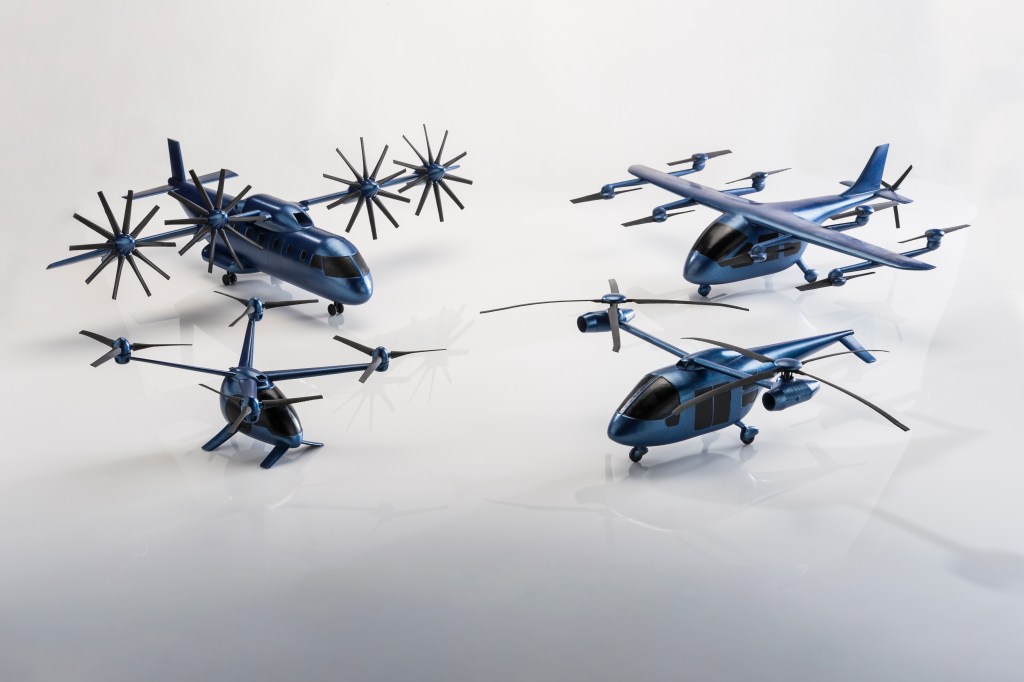
Aeromechanics Office
The Aeromechanics Office conducts research activities that directly support a new era of air transportation called urban air mobility (UAM), which will enable passenger-carrying air taxis and package-delivery drones above populated areas.
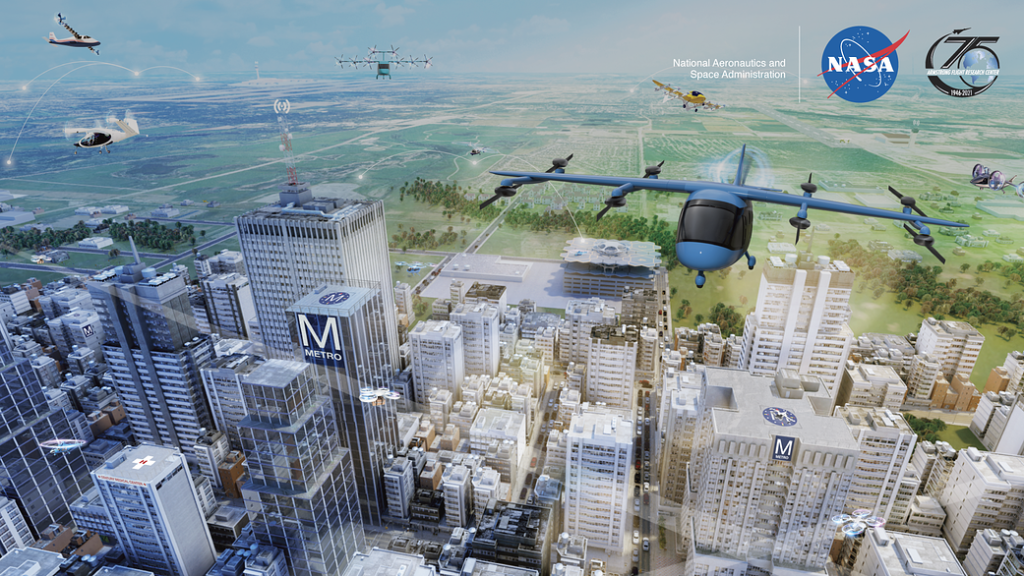
Aeronautics Projects Office
The Aeronautics Projects Office is heavily engaged in the development and execution of Aeronautics project activities which directly benefits today's air transportation system, the aviation industry, and the passengers and businesses who rely on aviation every day.
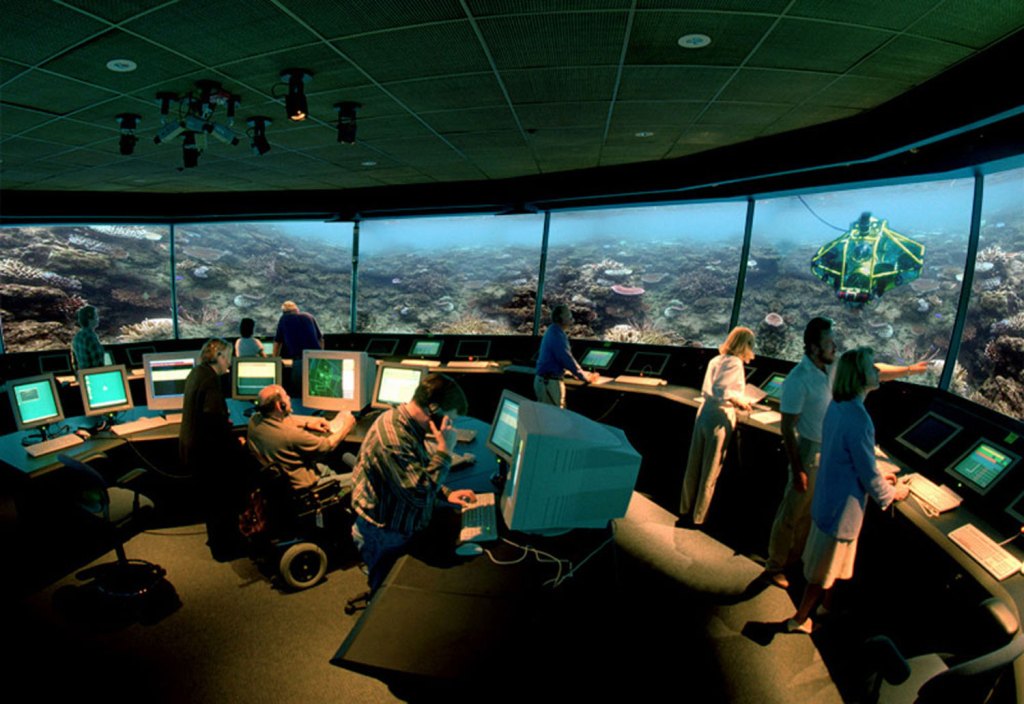
Aviation Systems Division
The Aviation Systems Division conducts airspace research to enable the transformation of the National Airspace System (NAS). In addition, the division conducts high-fidelity flight simulations and spaceflight supporting aeronautics, such as pilot handling evaluations and lunar lander development for the return of astronauts to the moon.
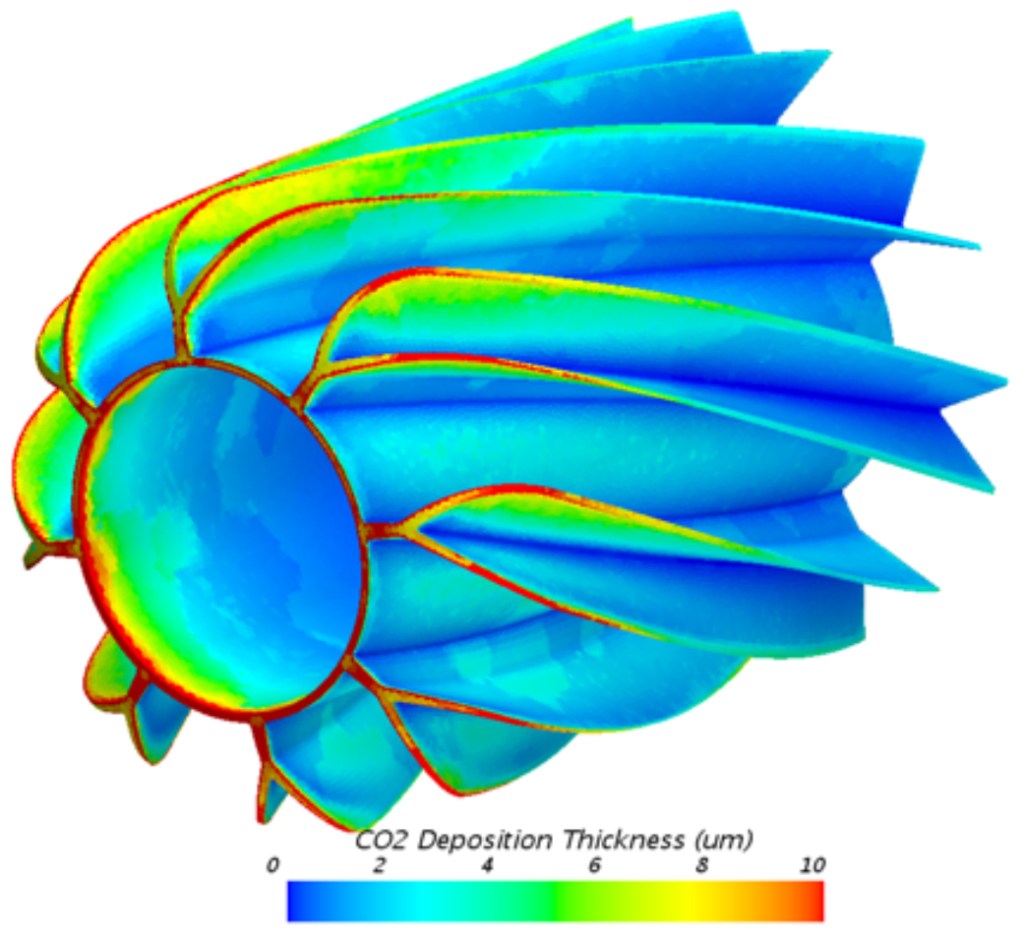
Systems Analysis Office
The Systems Analysis Office has developed a set of engineering-based analysis and design tools for conceptual-level exploration vehicle definition studies and initial technology assessment and evaluation. These tools are integrated into an interactive and collaborative design environment for quick turn-around vehicle trade studies and technology impact assessment.
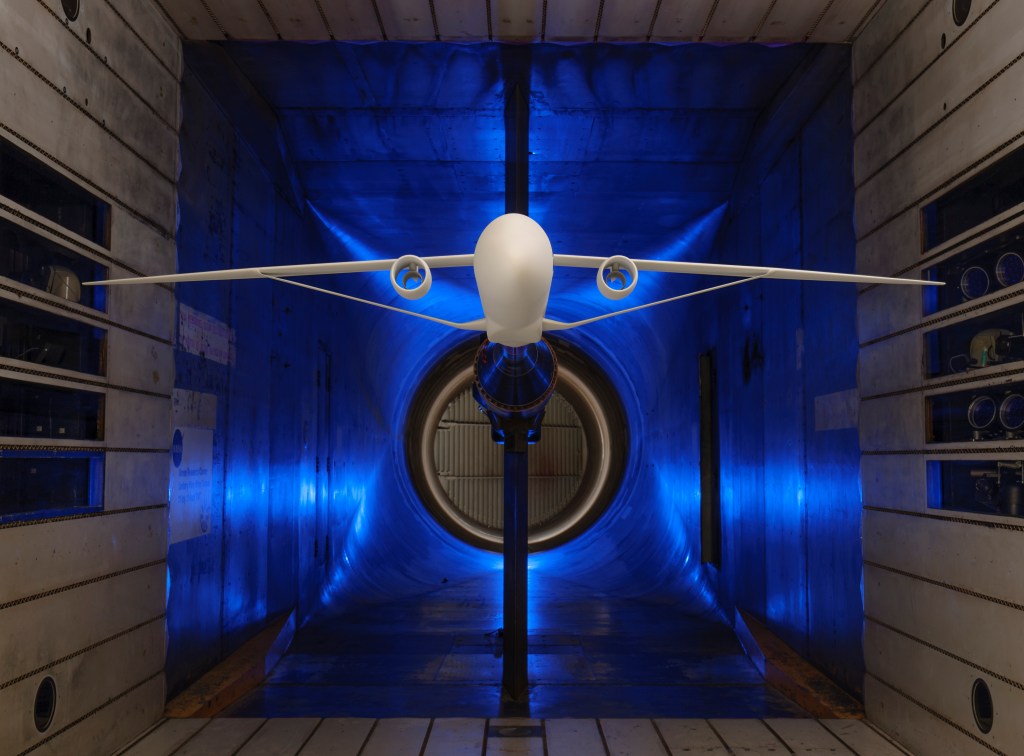
Wind Tunnel Division
The Wind Tunnel Division provides wind tunnel testing and related services to customers both external and internal to NASA. The Division consists of the Unitary Plan Wind Tunnel (UPWT) complex which operates subsonic and supersonic wind tunnels and the Fluid Mechanics Lab (FML). FML houses small scale wind tunnels and a water channel that are used for aerodynamics testing and flow visualization. The division generates customer data from the execution of wind tunnel tests, and also provides a wide variety of applied experimental research services in support of aeronautical and aerospace research and development.
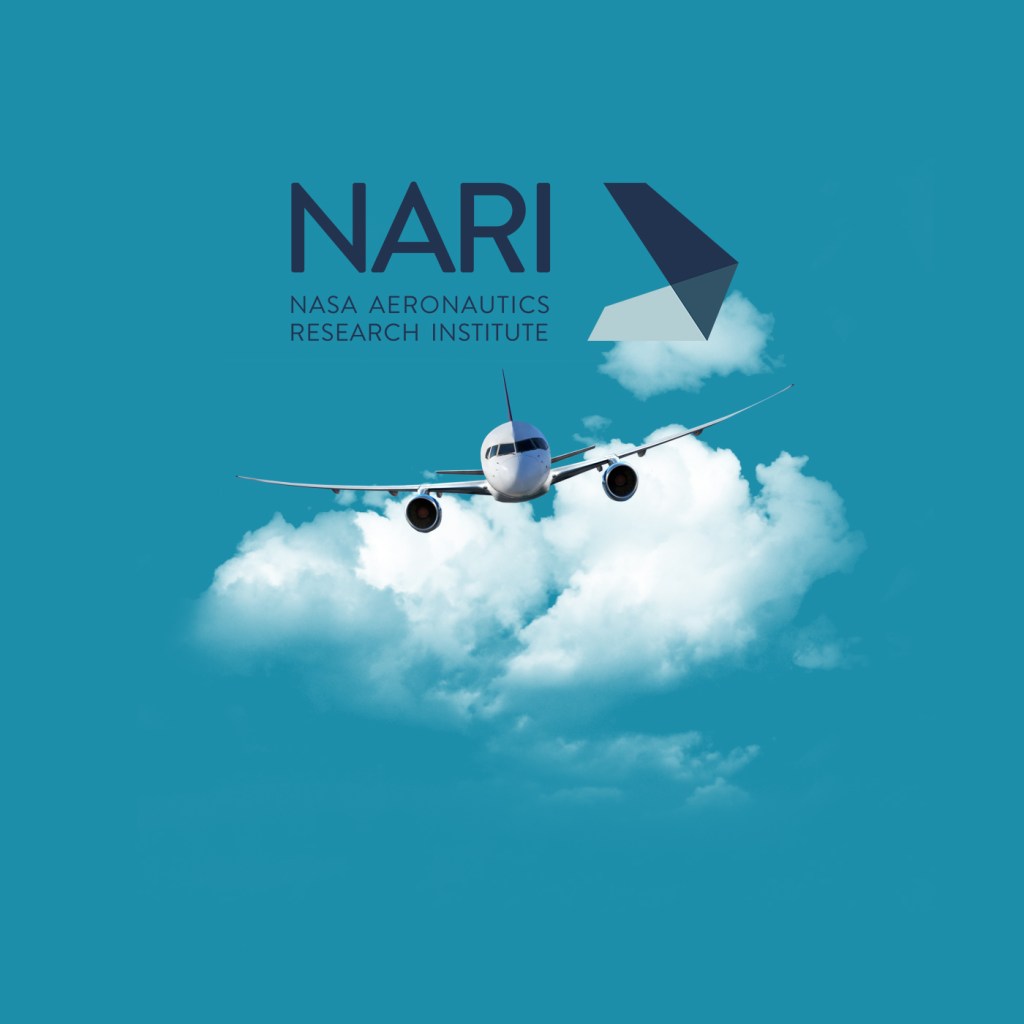
National Aeronautics Research Institute (NARI)
The NASA Aeronautics Research Institute (NARI) promotes innovation in aeronautics across a broad spectrum of aeronautical challenges in the nation’s air transportation system. NARI coordinates those efforts, and communicates the outcome of the research conducted to interested parties both internal and external to NASA.























